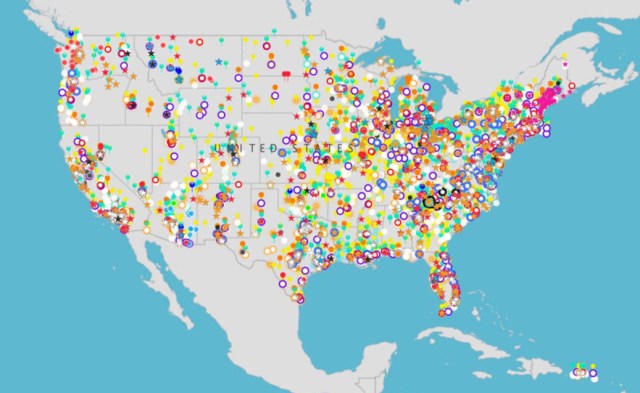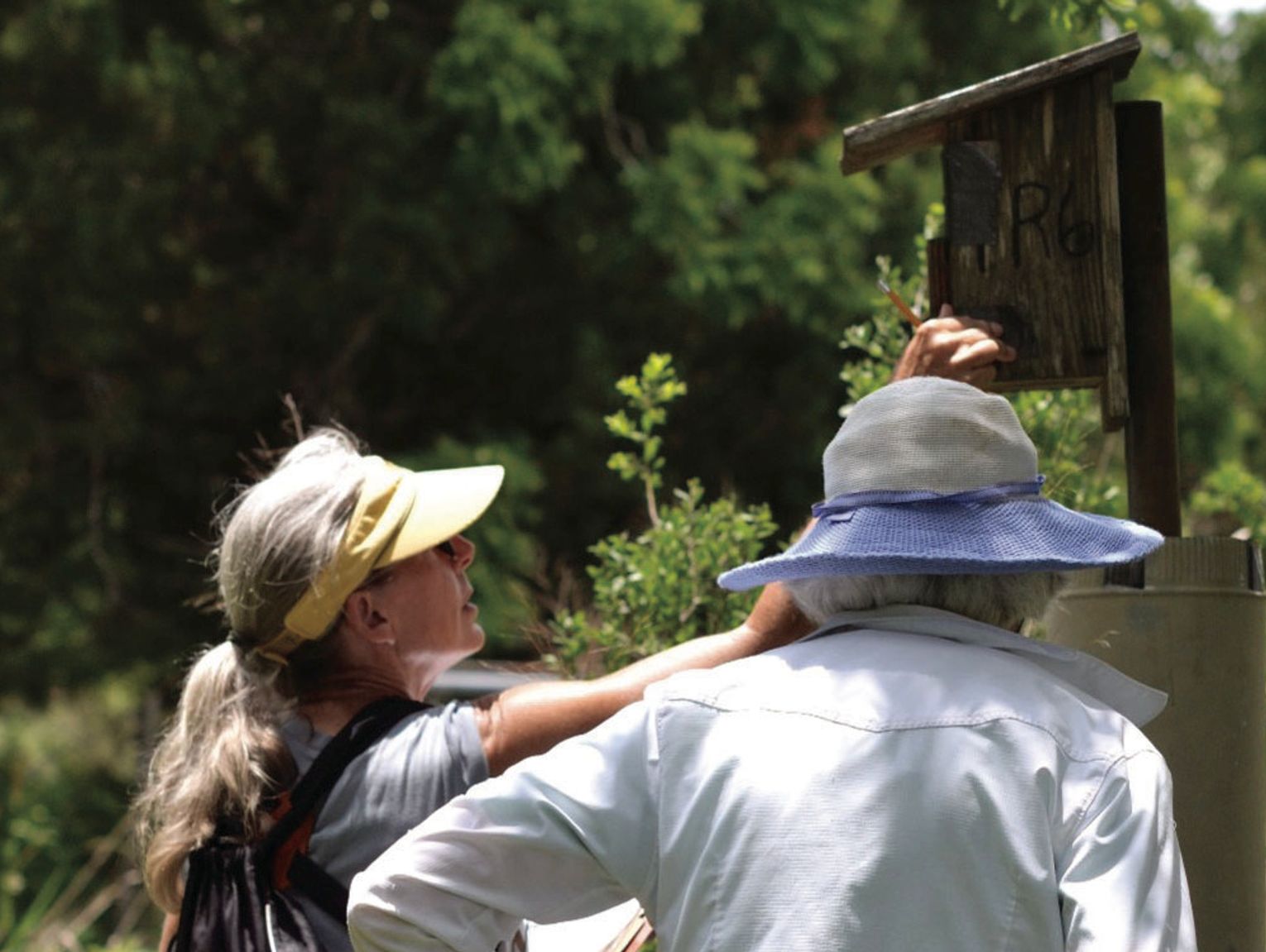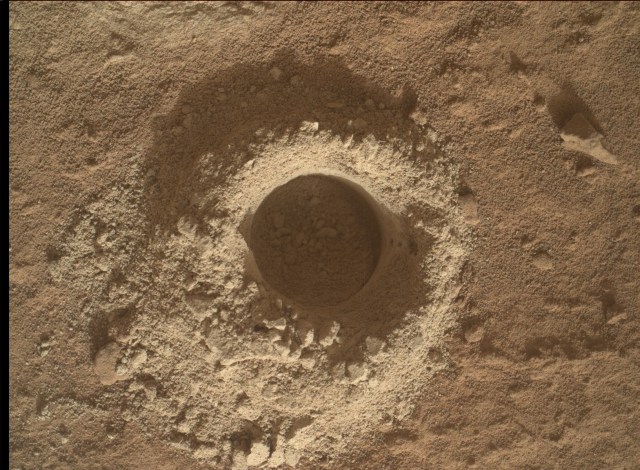Science and technology are becoming increasingly important in today’s world, and there are many organizations dedicated to enhancing STEM education for students of all ages. Here are some examples:
The University of Alaska, Fairbanks is working to engage rural and indigenous youth, educators, and other community members in climate science. They provide resources and training to help these populations understand the impacts of climate change and encourage them to take action to protect the environment.
NASA’s Goddard Space Flight Center supports interpreters and environmental educators in accessing and utilizing NASA climate science. They provide resources and training to help these professionals effectively communicate complex scientific concepts to a broad audience.
The Gulf of Maine Research Institute assists educators in creating NASA-powered explorations of local climate change impacts. They work with teachers to develop curriculum and activities that connect students to real-world environmental issues in their community.
The University of Toledo is committed to enhancing K-12 STEM curricula by incorporating hands-on NASA and GLOBE (Global Learning and Observations to Benefit the Environment) learning activities. They strive to make STEM education more engaging and relevant to students.
WestEd supports educators in engaging students in data-rich, place-based Earth science learning. They provide teachers with tools and resources to help students explore environmental issues and develop critical thinking skills.
NASA’s Jet Propulsion Laboratory works to improve understanding of sea-level rise in historically underserved coastal communities. They collaborate with local organizations to raise awareness about the impacts of climate change and promote sustainable solutions.
The University of Texas at Austin is dedicated to increasing the number of high school students, particularly underrepresented minorities and those from underserved areas, pursuing STEM college degrees. They provide support and resources to help students overcome barriers



